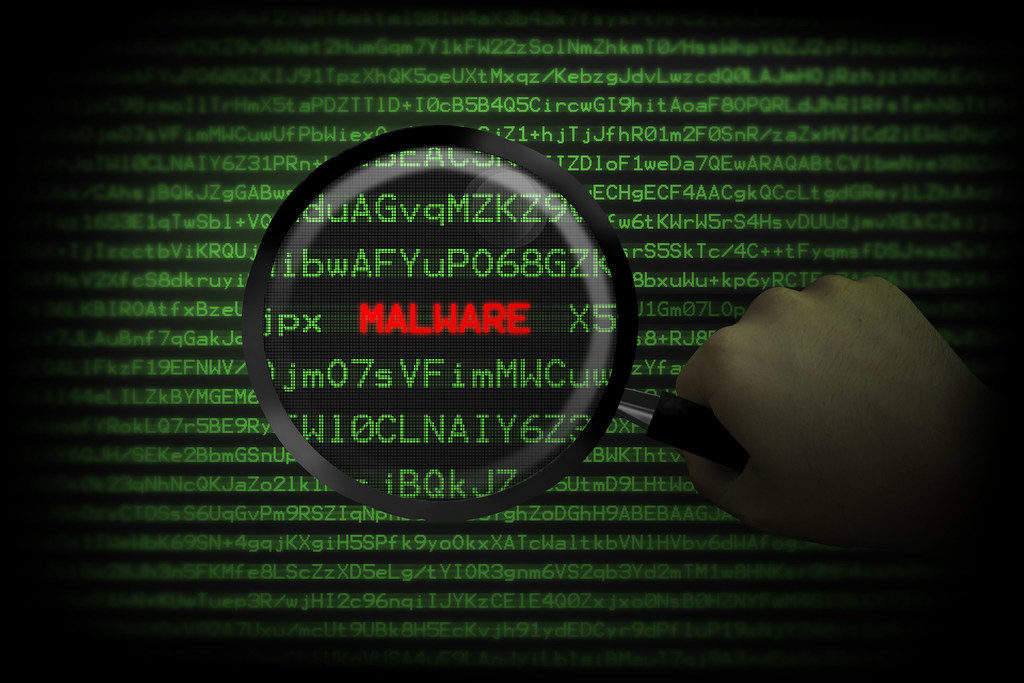Email can expose your business to a whole host of risks – one of which is spam. We all know how annoying spam can be, but it’s more than just a minor nuisance – it can be downright dangerous.
This blog explains exactly how spam filters work, so you can be clued up about your business’ cybersecurity and be prepared to attack threats head on.
What is spam filtering?
Spam filters use detection of patterns to prevent harmful content from making its way into your emails. They do this by recognising dangerous or nuisance emails, such as those containing malicious software or links to dangerous websites. They even get rid of unmalicious spam emails, in order to declutter inboxes and make important emails easier to spot. Their effectiveness can be boosted by employing machine learning to make detection more accurate.
There are many different criteria for assessing incoming emails. Essentially, though, all spam filters assign a spam score based on their chosen criteria. If an email gets a passing score, it makes it to the inbox; if it doesn’t, it gets filtered out.
What do spam filters look for?
Content and format
Content filters analyse email text to determine whether it is spam or not. Filters might search for money-related content and examine the content for any explicit material, among other things. Some can also detect harmful files or links to blacklisted websites.
Blacklist status
Blacklists are lists of known spammers, created from spam reports made by users – this is why you should always label unwanted content as spam. Filters will simply check whether the sender is on any blacklists and, if so, their email will get filtered out. There are ways for scammers to get around this, but header analysis and oversights when hiding information means that most blacklisted spam gets caught.
User-specific rules
Users can create a filter with their own set of rules to be applied to all incoming emails. For example, companies can set the filter to block all emails from recruiters who might be trying to advertise a competitor’s job vacancies. Alternatively, they could make content-specific rules to filter out any emails containing words or phrases they aren’t interested in seeing.
User actions
A Bayesian filter can learn a user’s preferences by observing and analysing the sender information and content of the emails they mark as spam. It then creates rules to apply to future incoming emails. Another reason to always mark unwanted emails as spam!
If your business has a spam problem, or you want to learn more about how anti-spam software could help you, MailCleaner is here to help. From spam to viruses, our software is guaranteed to block any unwanted content. Decluttering your inbox has never been easier – get in touch today to discuss your options.
